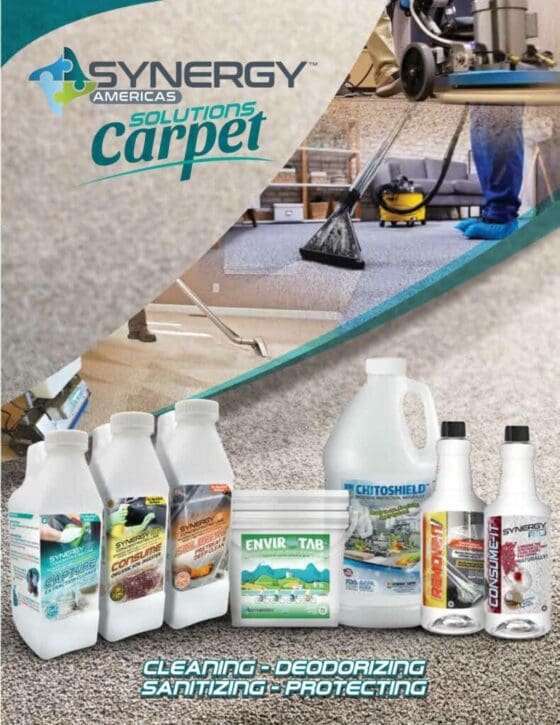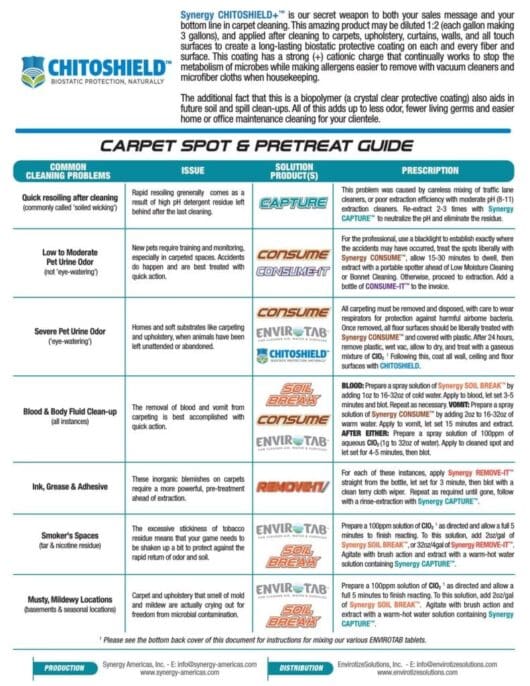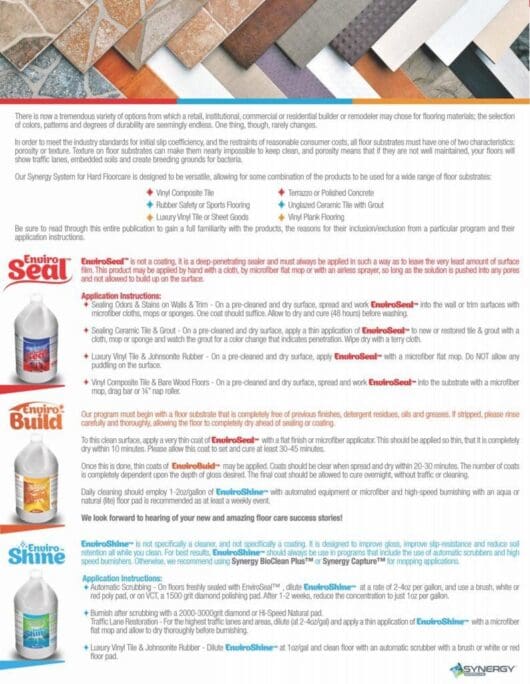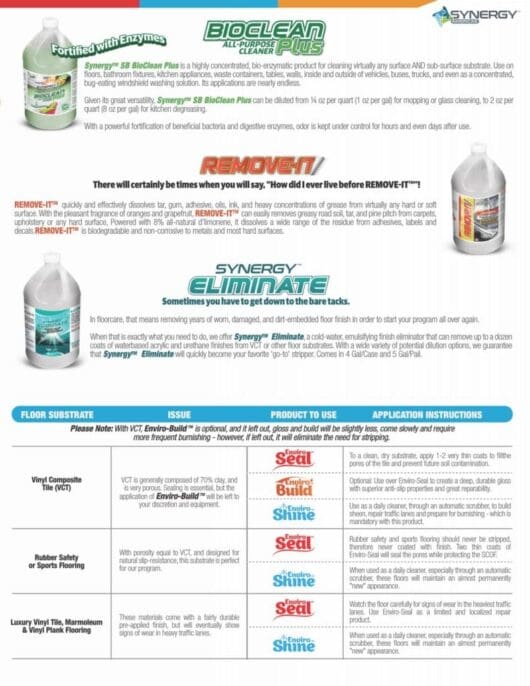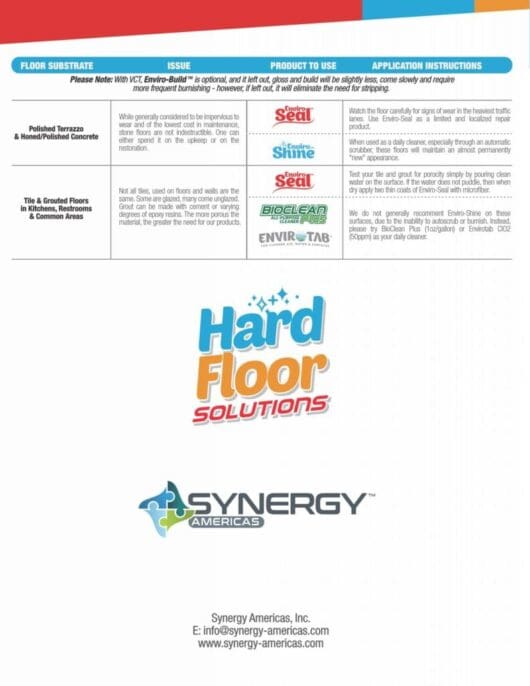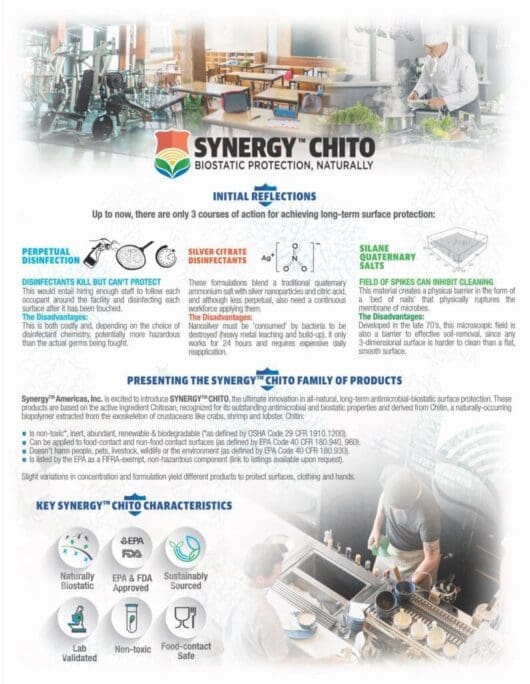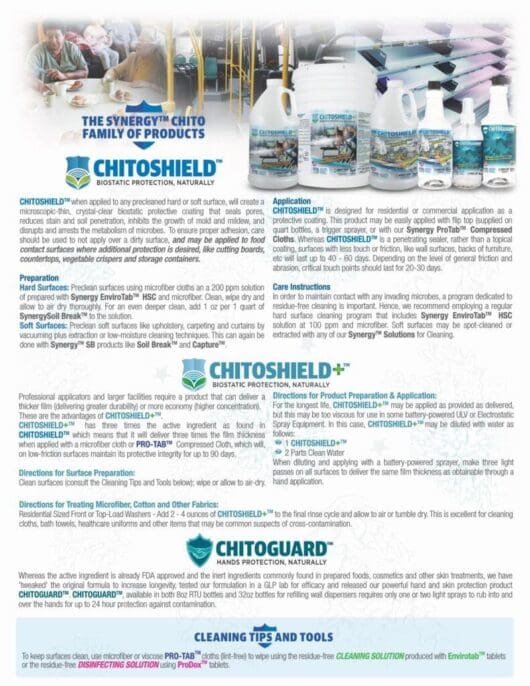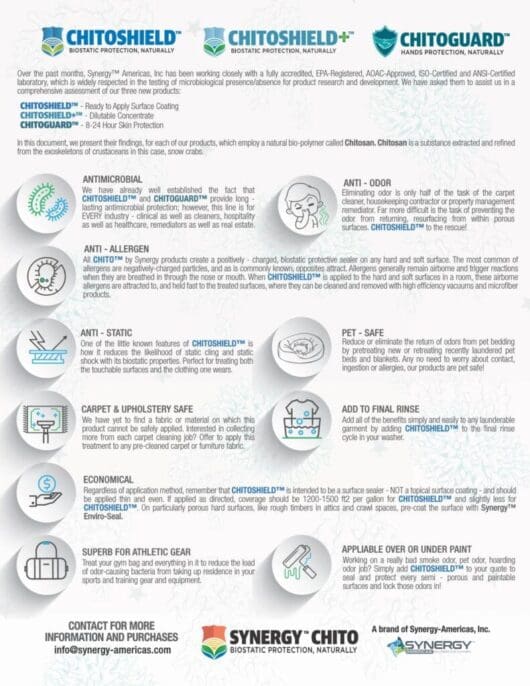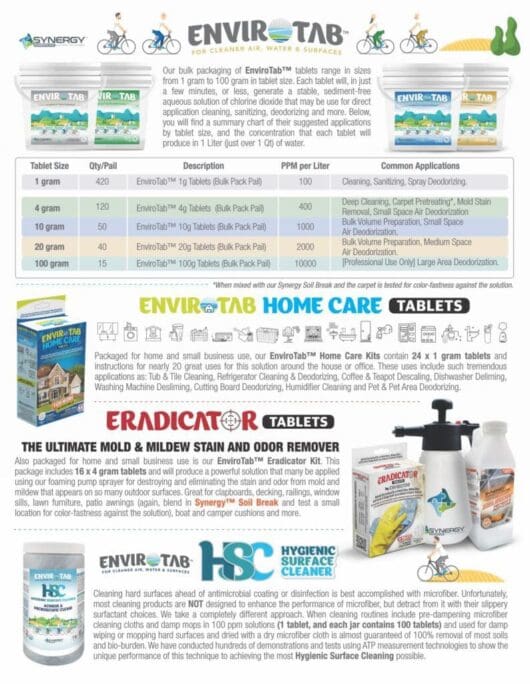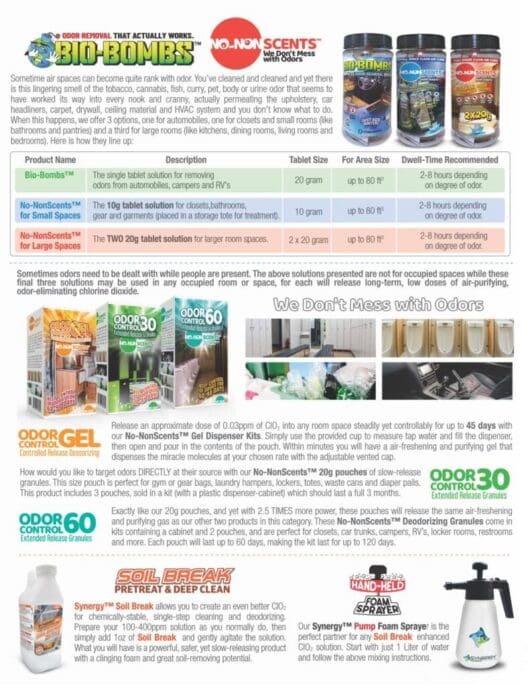Stay Connected...Drop Us a Line
For best user-experience, hit 'TAB' to move from field to field.
Cleaning Basics...Part 13
The Reasonable Options for Antimicrobial Defenses
Listen to the Audio Version:
For thousands of years certain materials have been known to have tremendous antimicrobial properties, and yet we continue to accept a variety of inferior materials for environmental surfaces in public places. This must come to an end. If as we are told, that ‘custodial services are the first line of defense against cross-contamination and infection’ then this is the industry that must lead the charge in the insistence that commonly touched surfaces receive innate, non-toxic, antimicrobial properties either during manufacturing or on a measured cyclical basis throughout their life-cycle. Continue reading to refamiliarize yourself with many that you already know, and to hear about some others that may not be as regularly discussed or well known.
Metal Ions
The first and most commonly recognizable of the antimicrobials are those metals and metallic compounds that collect energy from the atmosphere and release microbial-destructive ions. While others may fit this class the historically verifiable metals are:
Copper
Copper is an excellent and affordable means of making many common touch points antimicrobial in nature: hand rails, push bars, light switches, handles and even countertops. The first recorded use of copper as an antimicrobial material can be traced back to ancient Egypt. The Egyptians used copper to sterilize wounds and drinking water. Greek physicians also recognized the healing properties of copper, and used it to treat various medical conditions such as skin infections and ulcers. In the 19th century, a French chemist named Louis Pasteur demonstrated that copper ions were toxic to bacteria. Later, in the 20th century, researchers discovered that copper surfaces could kill bacteria within hours of contact. Today, copper is used in various medical and non-medical settings as a natural antimicrobial agent. Its ability to kill bacteria and other harmful microorganisms has made it a popular and effective material for use in hospitals, food preparation areas, and public places such as schools and transportation systems. The discovery of copper's antimicrobial properties has revolutionized our understanding of how to prevent the spread of infectious diseases. It is actually a very sad fact that new construction is more often equipped with plastic water lines than with copper lines – this may be good cause to add regular water testing to environmental services protocols in facilities with plastic water lines.
Silver
Silver is another material that has had a long history of being recognized as having antimicrobial properties – with even faster effect than copper, silver ions can kill bacteria and viruses on contact and can be ground to so fine a material that it can be added to almost any material or added to nearly any coating. Historically, silver has been
used as a powerful antimicrobial agent for centuries. In ancient times, people used silver plates and utensils to protect themselves against bacteria and other harmful microorganisms. Since the nineteenth century, silver was used to treat burns and wounds, because of its ability to inhibit the growth of bacteria. The use of silver as a potent infection-fighting agent continued throughout the twentieth century, with applications in fields such as medicine,
water purification, and food preservation. Today, silver is still widely used in healthcare and home sanitation products due to its demonstrated ability to kill harmful microorganisms.
Zinc & Titanium Dioxide
Zinc, another naturally occurring and readily available element has been shown to have antimicrobial properties. Titanium dioxide, a derivative compound of another element has been demonstrated to have powerful and long-lasting UV-activated antimicrobial properties and both can be incorporated into both paints and clear coatings, adhesives, plastics and laminates.
Non-Metallic & Naturally Bio-Static
While all of the above have application in the protection of high-touch hard surfaces, that is generally where their story ends. Nano and metallic ion particles are not as readily applicable on the soft surfaces that can harbor so many germs among the most vulnerable in our population – the elderly and young children. In assisted living and nursing facilities, the elderly sit on soft couches, chair and at tables with soft backs and cushions. Preschoolers and kindergarteners play with soft toys, sit on carpeted floors and in bean bag chairs for story times and during many of their lessons. In hospitals, room divider curtains, staff ‘scrubs’ and linens all require more attention
than they are getting to reduce the likelihood of cross-contamination through contact. Here are two option, one of which is fresh, natural and worthy of keen attention.
Membrane Rupturing Coatings
The first category we will briefly mention, that has been around for nearly 40 years is the class of product employing QAC with a ‘pins and needles’ approach to destroying microbes. This method of physically disrupting the cell walls by sharp and direct contact to pierce and destroy the organism with a 3-dimensional surface. This material and method have proven effective, but it is subject to destruction by friction, reduces cleaning efficiency and employs the same ingredient found in common quaternary ammonium compound disinfectants, and film-building.
Metabolism Disrupting Coatings
The final category, and my personal favorite, is a class of coating produced naturally from the shell materials of crustaceans, insects and some fungi. This active ingredient is called Chitosan and it has an entirely novel method of action. Instead of rupturing the membrane of the microbe with a 3-dimensional surface, this material emits a constant, strong, positive ionic charge that attracts the electrons responsible for cell metabolism to the surface of the cell and holds them by magnetic force, ceasing metabolism and destroying the microorganism. Chitosan based products produce a crystal clear, hydrophobic coating that enhances clean-ability and reduces porosity. Its positive applications are well worth penetrating exploration.
In summary, the answer is that we have at our disposal more than ample means of offering protection ‘around the clock’, and it’s time to deploy a total protection strategy.



